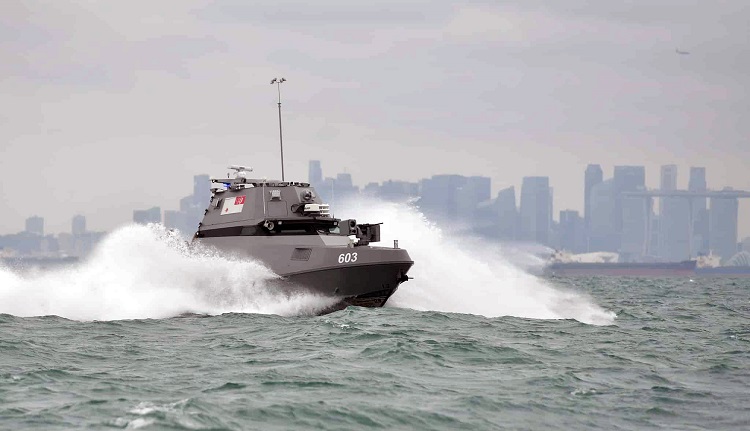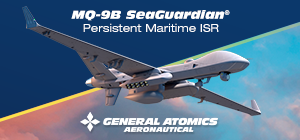
The Singapore Navy has long been experimenting with surveillance operations using unmanned surface vehicles: about 20 years ago, an ENDURANCE class LPD from the Singapore Navy was deployed to the Persian Gulf with a 9-metre USV (Unmanned Surface Vessel) PROTECTOR, manufactured by Rafael.
After having evaluated various solutions for its needs for a long time, in January 2025 the Singapore Navy began patrolling the Singapore Strait using two USVs, simply named MARSEC (MARitime SECurity) and characterised by the optical markings 602 and 603. The USVs are produced by the Lungteh shipyard in Taiwan according to a project developed jointly by the local Defence Science & Technology Agency (DSTA) and DSO National Laboratories, in collaboration with other private Singaporean entities specialising in electronics, while ST Engineering is responsible for systems integration. Each MARSEC has a displacement of 30 t and is about 17 m long: tests of this drone model began in 2023, initially operating with a crew of 2 men and then without any presence on board.
Each MARSEC is equipped with 2 diesel engines driving water jets, allowing the USV to reach a maximum speed of 25 knots and a mission duration of 36 hours. The mission equipment includes a siren, a strobe light, a Rafael TOPLITE electro-optical system, a GENASYS long-range acoustic warning device, a remote-controlled 12.7 mm machine gun with a dazzling laser and a navigation radar. Each USV is managed by a pair of operators based on land. The 2 MARSECs were used together with other manned naval units of the Singapore Navy, also to verify their readiness to respond to any emergencies.
The MARSEC deployment concept involves the continuous presence and patrolling of the Singapore Strait and the investigation and interdiction of suspicious vessels. One of the main systems on board the USV is the Collision Detection and Collision Avoidance (CDCA) system, developed by a local company to allow the USV to move easily in the frequent maritime ‘traffic jams’ that form in the Singapore Strait and to react promptly to changing weather conditions.
The use of MARSEC - stationed at the naval base in Changi Bay - also serves to lighten the tasks of the Singaporean manned navy, also integrating itself into a local surveillance architecture to which coastal systems also contribute. In the future, the Singapore Navy will evaluate the use of these USVs for other roles as well, including mine countermeasures, thanks to the possibility of carrying a 20-foot container; finally, the use of MARSEC is also being considered by the 6 MRCVs (Multi Role Combat Vessels) under construction and planned, which can be used as motherships, with the first example to come into service in 2028.








.png)
